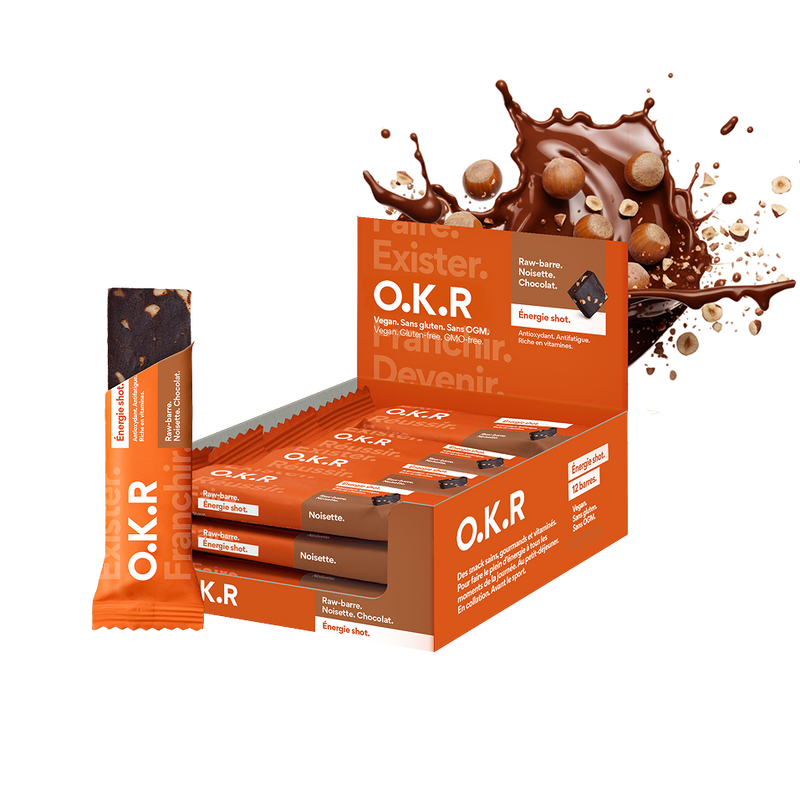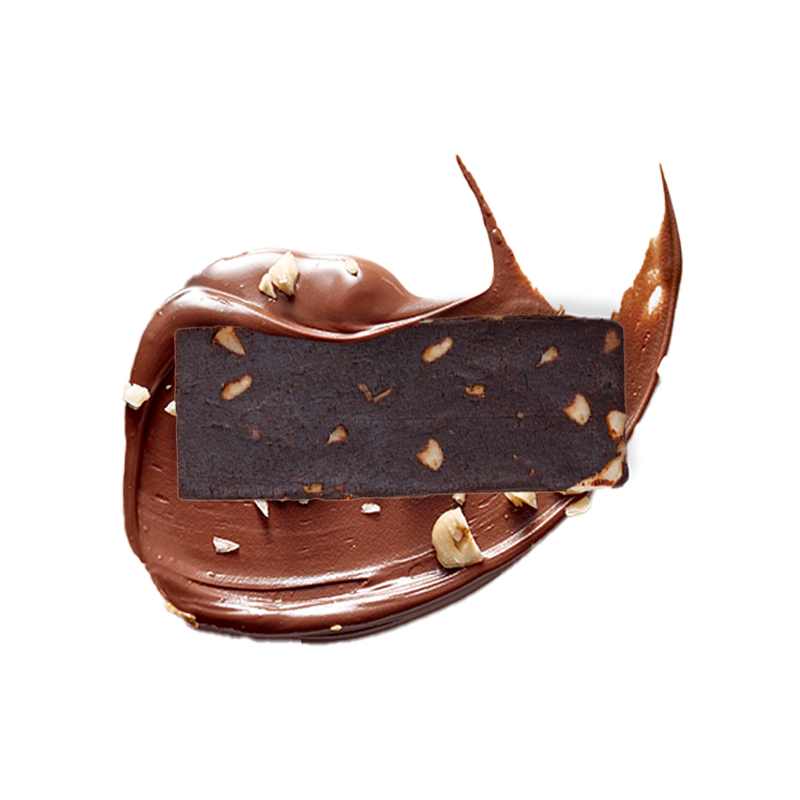Iron is an essential mineral for the proper functioning of the body. Where is it found? What is its role, and which foods contain the most iron?
Iron: what is it?
Iron is a mineral naturally present in our bodies. The human body contains between 2.5 and 4 grams of iron, stored mainly in the liver. It exists in two forms:
Heme iron.
It is so named because it is found in heme, the main structure of hemoglobin and myoglobin. Foods rich in heme iron include mainly animal products such as meat and fish, but also cured meats, offal, crustaceans, and mollusks.
Did you know?
Hemoglobin is a protein that carries oxygen in the blood. Myoglobin, found in muscle cells, has the same shape as hemoglobin. It contains iron, to which oxygen binds, and therefore acts as an oxygen reserve.
Non-heme iron.
It is present in certain enzymes responsible for the transport of iron (transferrin) and its storage (ferritin). It is found in cereals, pulses, fruits, vegetables, eggs and dairy products.
The absorption of these two forms of iron is different. The absorption rate of heme iron varies from 15 to 35% compared to 2 to 20% for non-heme iron. The tannins contained in green tea will decrease the absorption of non-heme iron while vitamin C and proteins will improve its absorption. If you drink tea, it is therefore recommended to drink it between meals to maximize the assimilation of iron by your body. OKR products are rich in iron, but also in proteins and vitamin C which facilitate its absorption in the body.
Where can we find it in our food?
As previously explained, heme iron and non-heme iron come from different dietary sources. Heme iron comes primarily from animal sources such as red meat. Non-heme iron sources, on the other hand, are mostly plant-based.
Heme iron content per 100 grams.
|
Blood sausage |
20 mg |
|
Liver |
7.6 mg |
|
Abat |
6.5 mg |
|
Cold cuts |
3 mg |
|
Crustacean |
3 mg |
|
Pisces |
1.5 mg |
|
Poultry |
1 mg |
Non-heme iron content per 100 grams.
|
Cocoa powder |
12.5 mg |
|
Soy flour |
10 mg |
|
Wheat germ |
7.5 mg |
|
Raw dried vegetable |
6.5 mg |
|
Dark chocolate |
3 mg |
|
Dried fruit |
3 mg |
|
Oilseed fruit |
3 mg |
|
Fresh vegetable |
1 mg |
|
Fresh fruit |
0.6 mg |
Its role in our body.
Although iron plays many roles in the body, its most important function remains the transport of oxygen and the formation of red blood cells in the blood.
- Cell oxygenation: Iron is a component of hemoglobin, a protein found in red blood cells. Its function is to oxygenate various organs and tissues.
- Myoglobin formation: Iron also plays a role in the formation of myoglobin, a protein responsible for oxygenating muscles.
- Energy: Iron is essential for the production of ATP (Adenosine TriPhosphate), which is used to store and transport energy in your body.
Our daily iron requirements.
Iron requirements for men and women are different: Men: 9 mg/day Women: 16 mg/day
Did you know?
In children, the risk of deficiency increases from the age of 6 months, due to the depletion of neonatal iron stores, the increase in blood volume and hemoglobin concentration. In menstruating women, the risk of iron deficiency increases due to menstrual blood loss.
Iron deficiency and symptoms.
Since your body is unable to produce iron on its own, it must be obtained through diet. However, dietary iron intake is sometimes insufficient, leading to a deficiency. The main consequence of iron deficiency is the development of profound anemia, a decrease in red blood cells, which results in pallor, asthenia, and extreme fatigue. A lack of iron also leads to poor oxygenation of organs, tissues, and muscles, which can have adverse consequences for physical capacity, behavior, and resistance to infections. Iron deficiencies can also be caused by external factors, such as blood donation. To determine for sure whether you are suffering from an iron deficiency, do not hesitate to consult your doctor so that he or she can prescribe a blood test.
Did you know?
Hemochromatosis is a common genetic disease in northern Europe that results in excess iron in the body.
How to consume more iron?
There are several ways to increase your iron intake, such as increasing your consumption of foods that promote its absorption, such as fruits rich in vitamin C.
There are also iron supplements for those who have increased and occasional needs that cannot be met by diet.
In summary.
Iron is a mineral present in the human body but must be obtained through diet. There are two different types of iron: heme iron and non-heme iron. Iron plays an essential role in the transport of oxygen to cells and the formation of myoglobin. According to ANSES, the requirements for a man are 9 mg/day and 16 mg/day for a woman.













